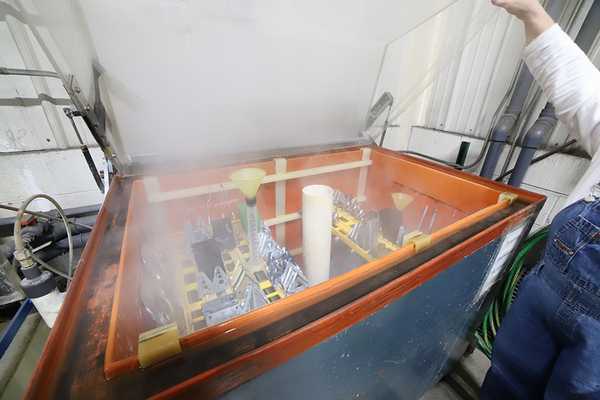- Qinsun Instruments Co., Ltd.
- Tell:+86-21-6780 0179
- Phone:+86-17740808215
- Address:No. 2578 Minhang District Gu Dai Road, Shanghai
- Contact:Mr. Li
- QQ:846490659
How to detect frozen food

1、 Purpose
1.1 Use corresponding instruments to measure the accurate temperature of the measured location; Select some representative measurement locations to measure the average temperature of this batch of products and the internal temperature changes.
1.2 Measure the temperature of the product:
a) Measure the temperature inside the product;
b) Measure the surface temperature of the product.
2、 Requirements for temperature measuring instruments
a) The "half value period" of the instrument should not exceed 0.5min;
b) The accuracy of the instrument within the range of -30 ℃ to 30 ℃ is required to be within ± 0.5 ℃;
c) The instrument should respond to changes of 0.5 ℃;
d) The accuracy of measured values should not be affected by environmental temperature;
e) The scale mark of the instrument should be less than 1 ℃ and be able to read 0.5 ℃;
f) The structure of the sensitive components of the measuring instrument should ensure good thermal contact with the product;
g) Electrical components should be moisture-proof.
3、 Instruments for measuring temperature
3.1 Requirements for glass tube thermometers
a) The total length should be 25cm;
b) When measuring the internal temperature of the product, use a circular diameter tip; Use an elliptical shape when measuring the surface temperature of the product;
c) Use an alcohol thermometer.
3.2 Requirements for disc thermometers
a) The total length of sensitive components should be 15cm;
b) When measuring the internal temperature of the product, it is made of stainless steel in a pointed shape; When measuring the surface temperature of the product, use a flat head shape (with a thickness not exceeding 0.5cm);
c) The dial is sealed with plastic film.
3.3 Resistance (or thermocouple) thermometer
Using a resistor (or thermocouple) as a sensitive element, the total length of the probe should be around 15cm. Requirements for sensitive components:
a) Using stainless steel to make sensitive components - probe type or probe type;
b) Use wires with compensating resistors.
3.4 Devices for drilling holes in the product
Easy to clean pointed metal devices such as probes, drills, etc. should be used.
4、 Measurement of internal temperature of products
4.1 Obtained by directly measuring the temperature inside the product.
4.2 The internal temperature of the product should be measured 2.5cm below its maximum surface center. When the thickness of one side of the product (or packaged product) is less than 5cm, the measuring point should be in the middle of this thickness.
4.3 Drilling holes
The tested product (or packaging) should be drilled with pre cooled probes or drills, with a minimum depth of 2.5cm, and the aperture size should be suitable for inserting probes.
4.4 Pre cooling
a) Choose any pre cooled package (referred to as "package") to pre cool the probe, hand drill, and sensitive components. It is strictly prohibited to insert hot probes, hand drills, or sensitive components into the product to be tested;
b) Sensitive components should be inserted into the center of the package and left for 3 minutes. Before preparing to put the product for testing, sensitive components must not be removed from the package;
c) If there is good contact between the product and the package, sensitive components can be pre cooled between the product and the package.
4.5 Measuring the internal temperature of the product





